Eynesbury township just a few minutes from Melton, was established around a golf-club. Part of the deal concerns a stand of Grey Box Forest, that is in close to original condition, or perhaps, well established with old trees and understory, might be a better description.
It was used until the mid 1950s as a pastoral area, and the forest was used to run the shorn sheep from the shearing sheds in the area.
Many long term readers will know that its been noted that I have Grey Box sap running in my veins and a visit to the Eynesbury Forest is enough to rejuvenate the lowest of my spirits.
The local Eynesbury Conservation Group, you can look them up on Facebook, conduct a walk on a Sunday morning every two months. Usually led by the award-winning Chris Lunardi, a local identity; EE and I make it a point to turn up if at all possible.
Much to see in a day, so we cheated, and went back for a second look the following day.
Here are some of the Gems of the Forest.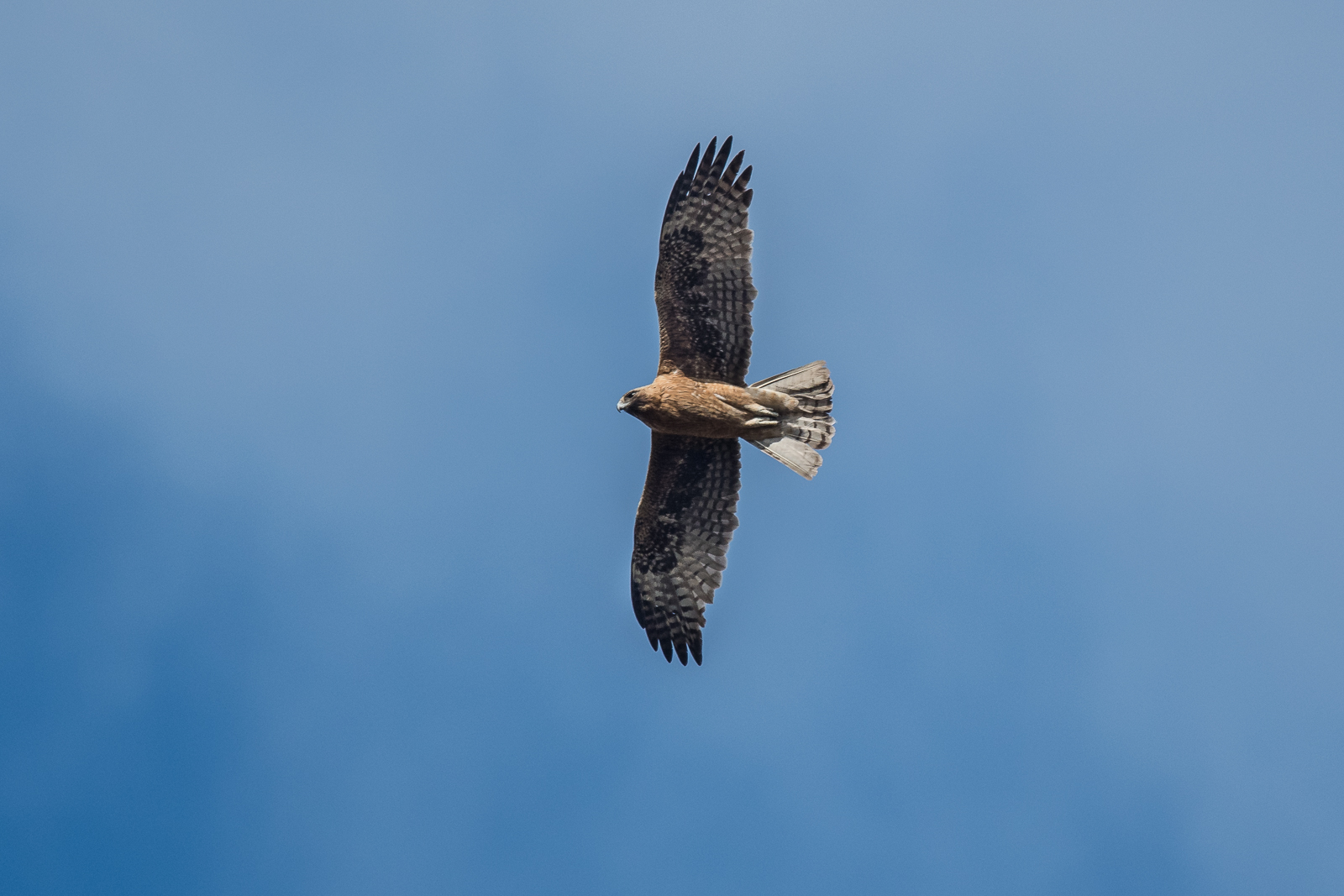
Little Eagle, one of a pair. And try as I might I’ve not been able to locate their current nest site.

Peregrine Falcon, a new bird for me at Eynesbury, this one is working on short wings with quick flutters. Target— Tree Martins that are nesting in the forest. We found at least one carcass to confirm its skills.

A fledged Jacky Winter. Not from our usual pair, but one of two young birds on the wing. Well done Jacky
A trip through the Greybox will always be accompanied by the trills from the many Brown Treecreepers in the area. A threatened species, so its good to see them so active in the forest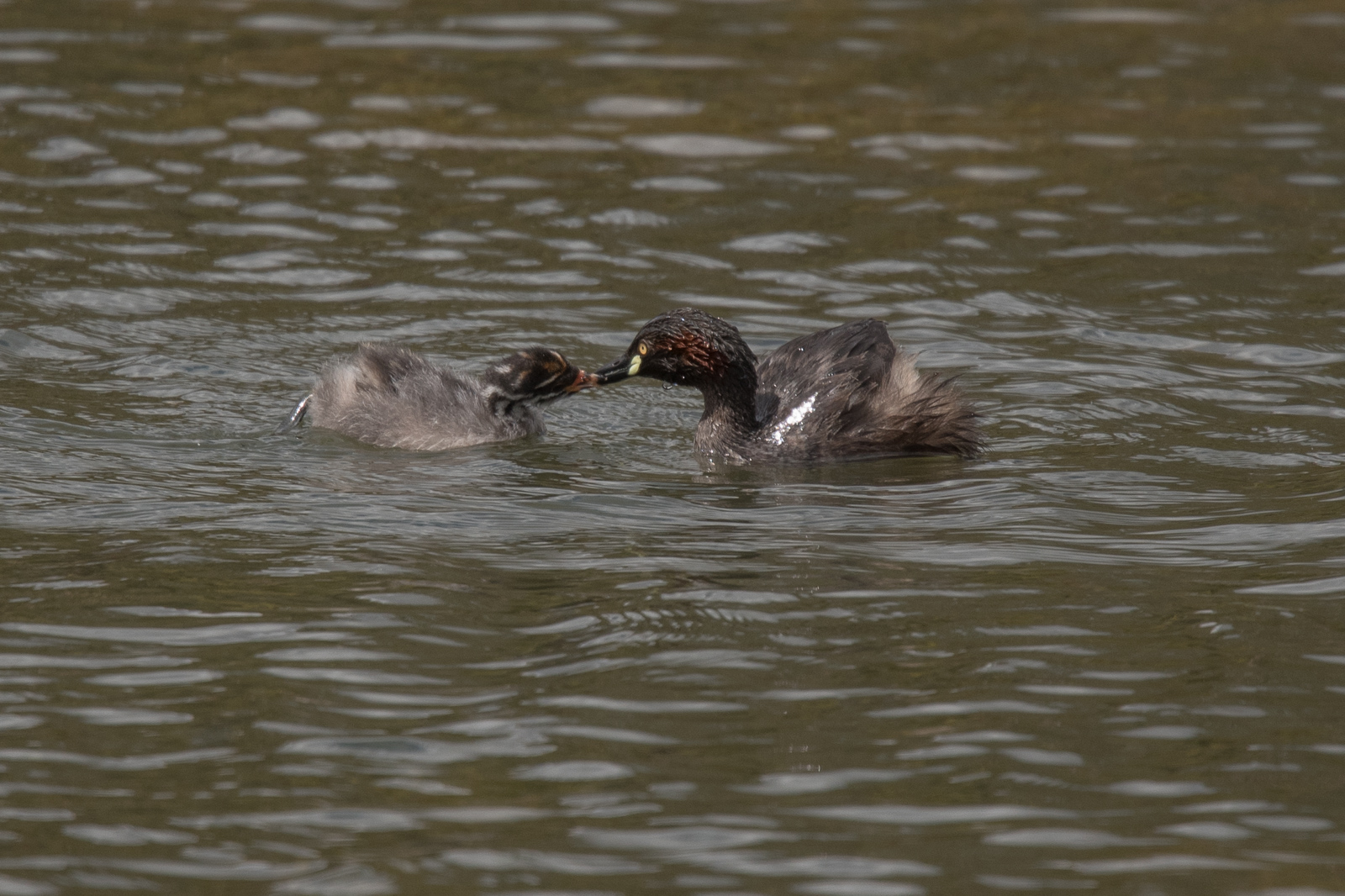
At the lake, an Australasian Grebe was nurturing at least one new addition to the family

Big, bold, noisy and hungry. Sulphur-crested Cockatoos are working in the wattles that have seeded
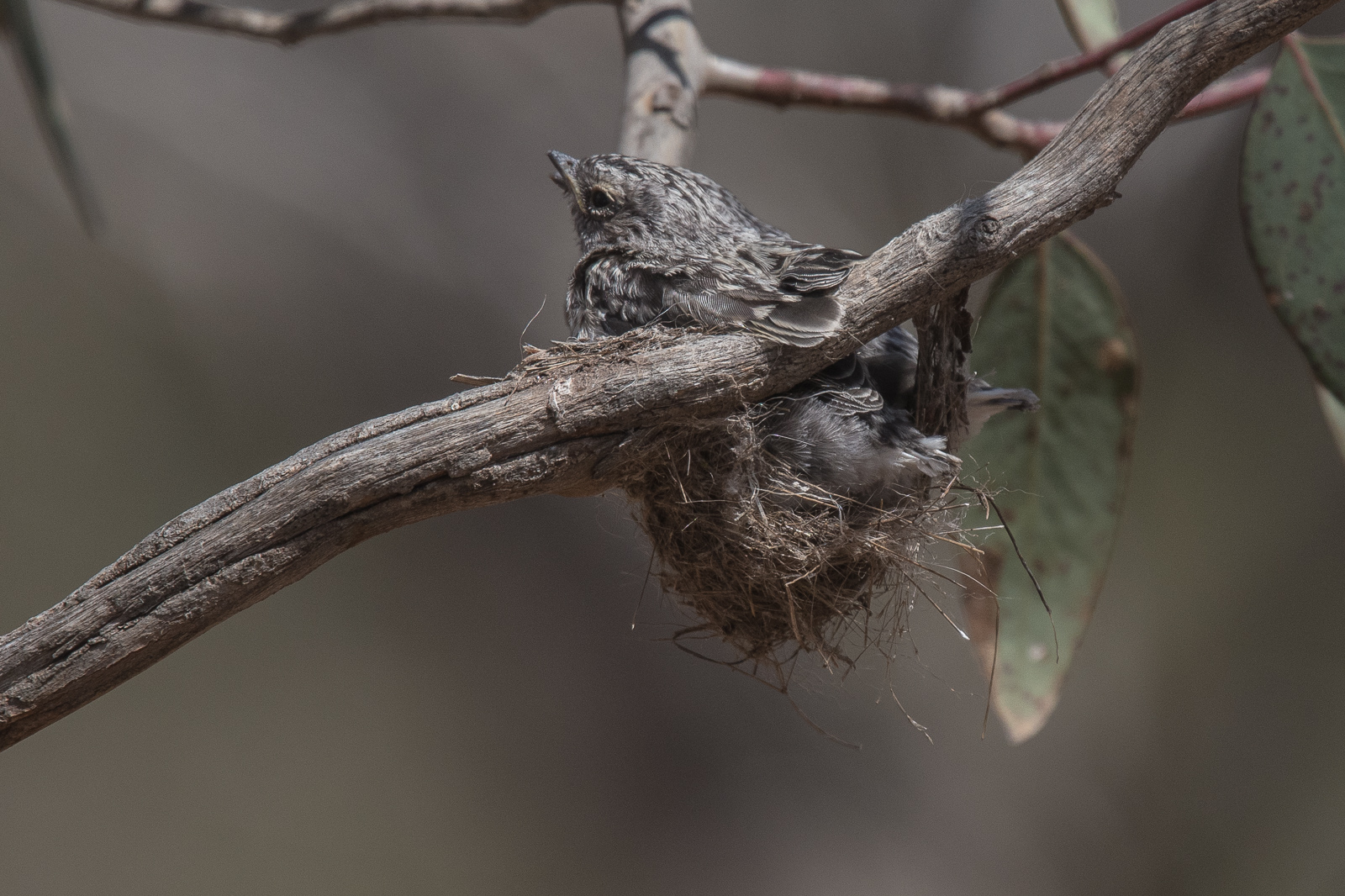
“Our’ Jacky Winter young. The nest is near falling apart, and the young still have a few days to go to fledge. Jacky made it quite clear today, that we were not welcome. So we moved on quickly
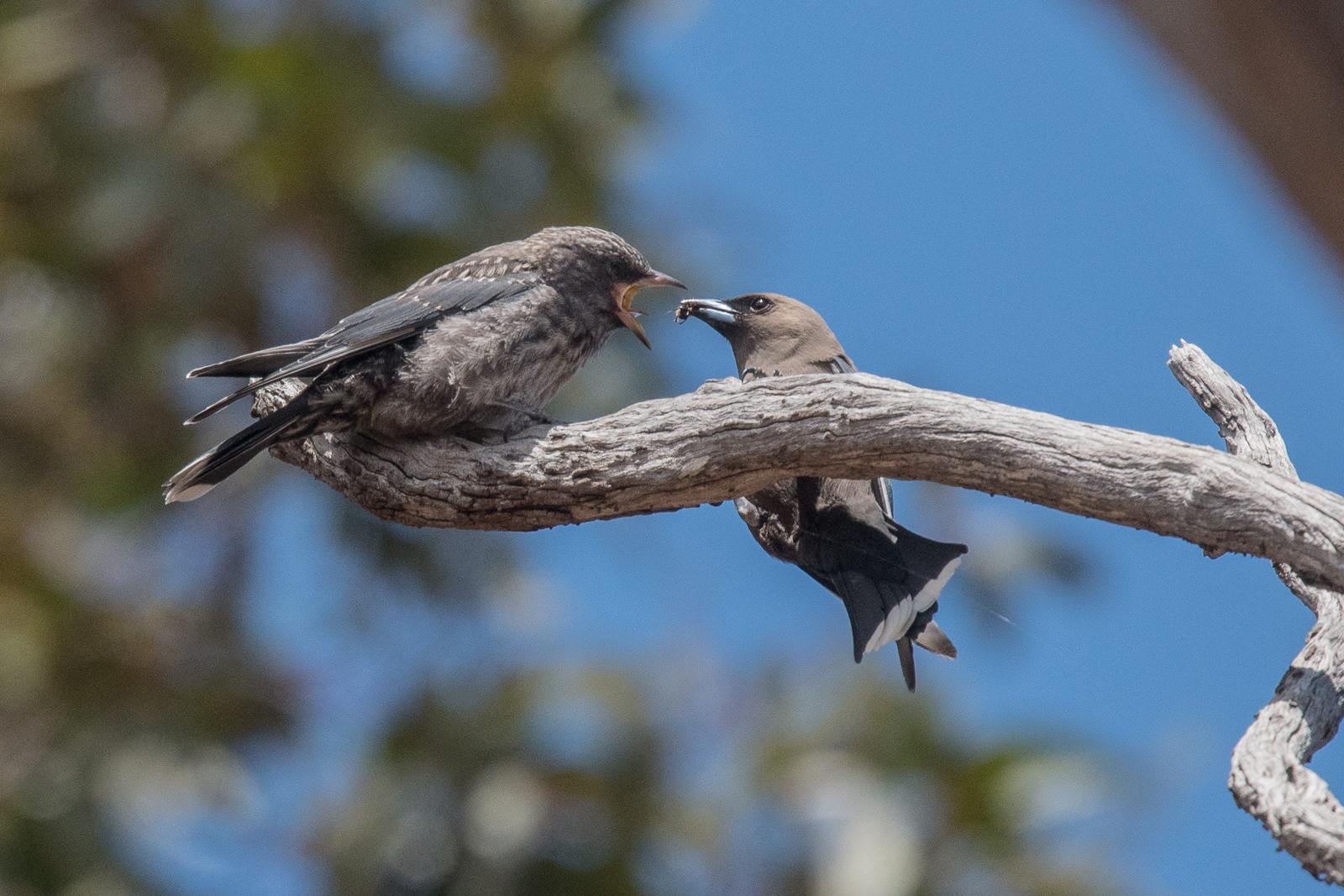
Normally at this time of the year the forest would be ringing with the calls of hundreds of Dusky Woodswallows. Again, it is feared they are in decline, and this is the first season we’ve seen so few. But those that have come down, have wasted no time in getting off their first batch. This pair are feeding two young
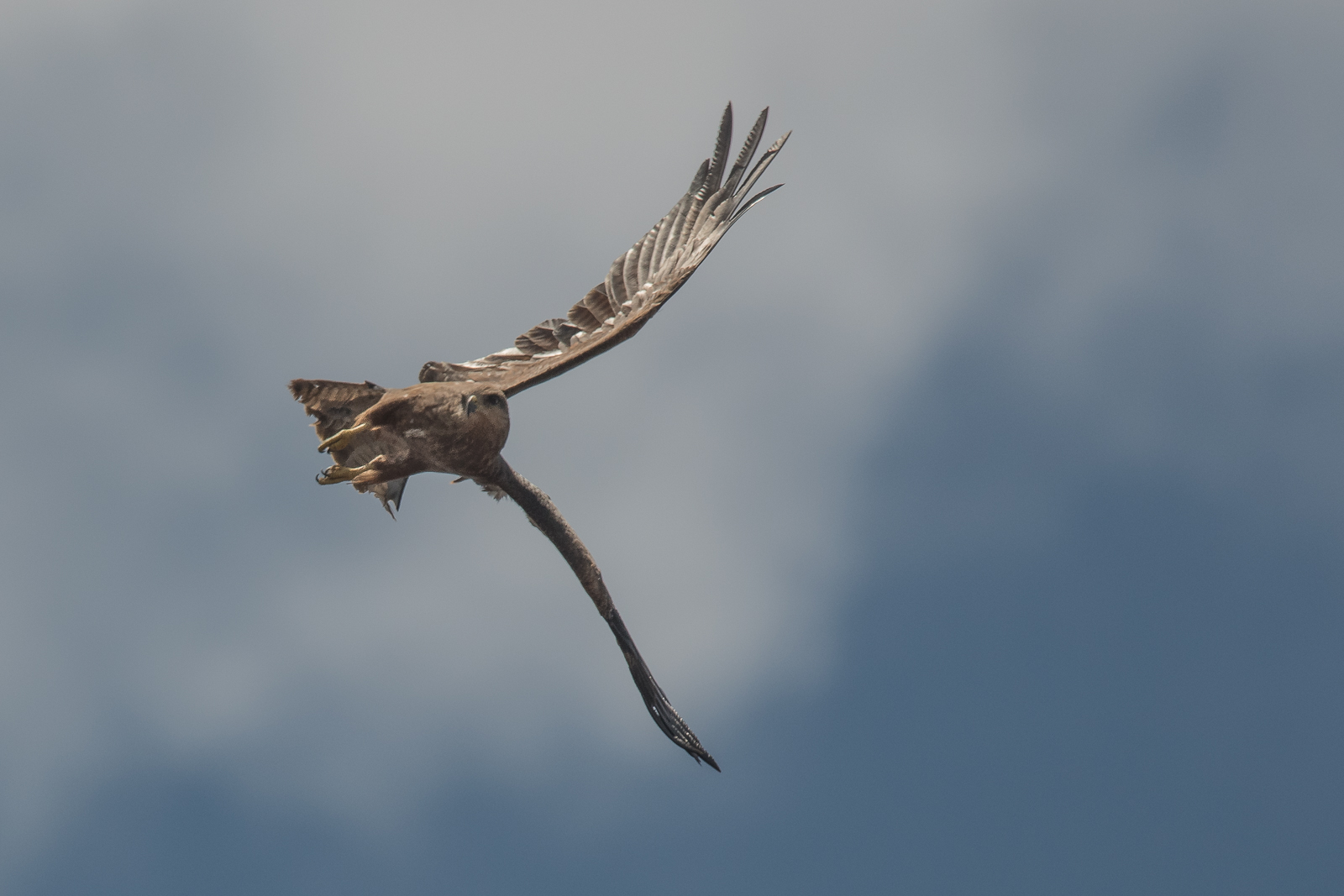
Two Black Kites were in the air having the best time on the strong winds. it really deserves a blog page of its own to describe and show the antics of this couple of birds, but two should do eh?
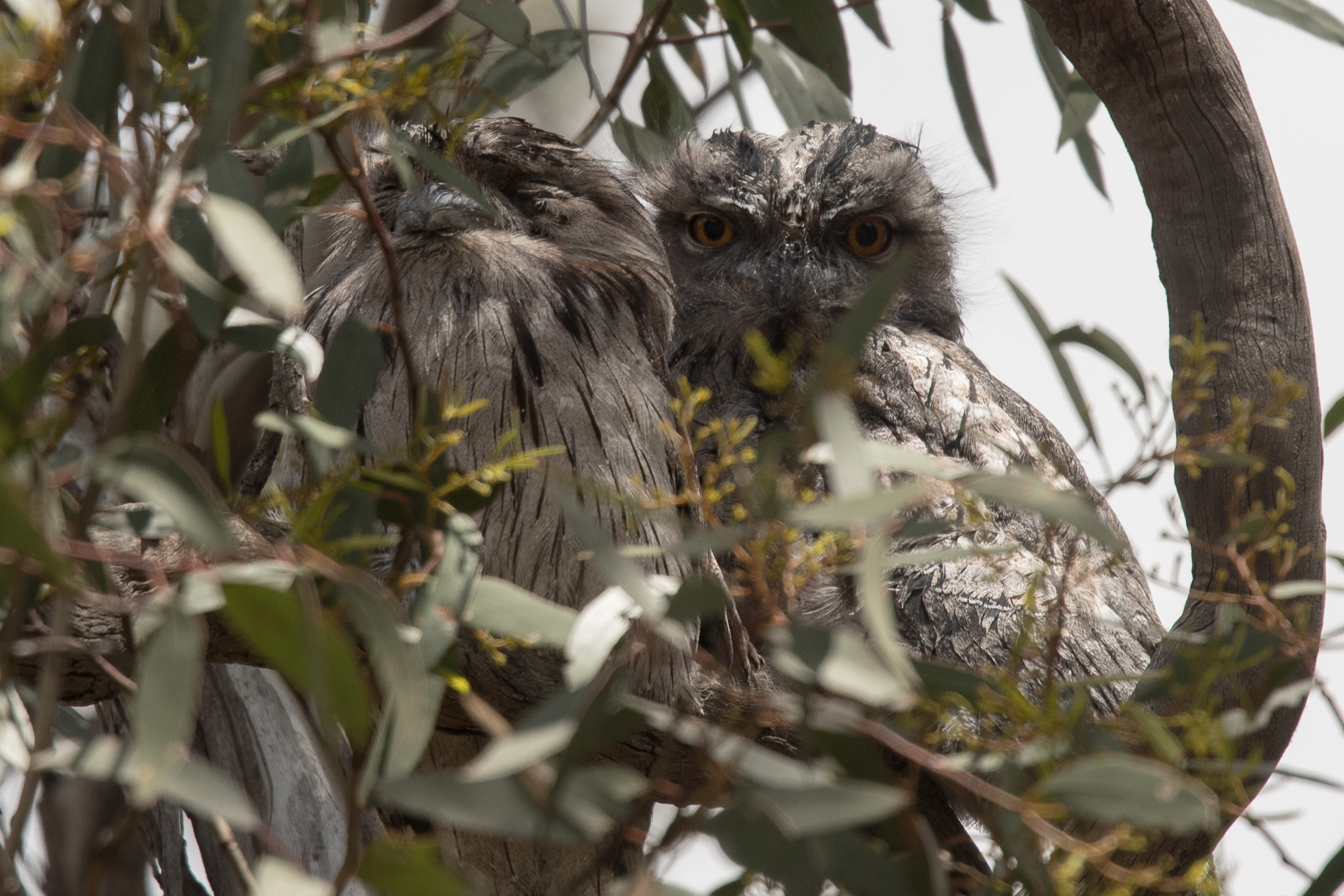 And finally two of the Tawny Frogmouth from the Children’s Playground park. Other photographers, you know who you are Lyndell, seem to be able to get them on days when they are low down, in the open and all together. They seem to be quite happy to sit in the trees while kids play about on the swings and climbing things just metres below.
And finally two of the Tawny Frogmouth from the Children’s Playground park. Other photographers, you know who you are Lyndell, seem to be able to get them on days when they are low down, in the open and all together. They seem to be quite happy to sit in the trees while kids play about on the swings and climbing things just metres below.
Another episode to come I think.

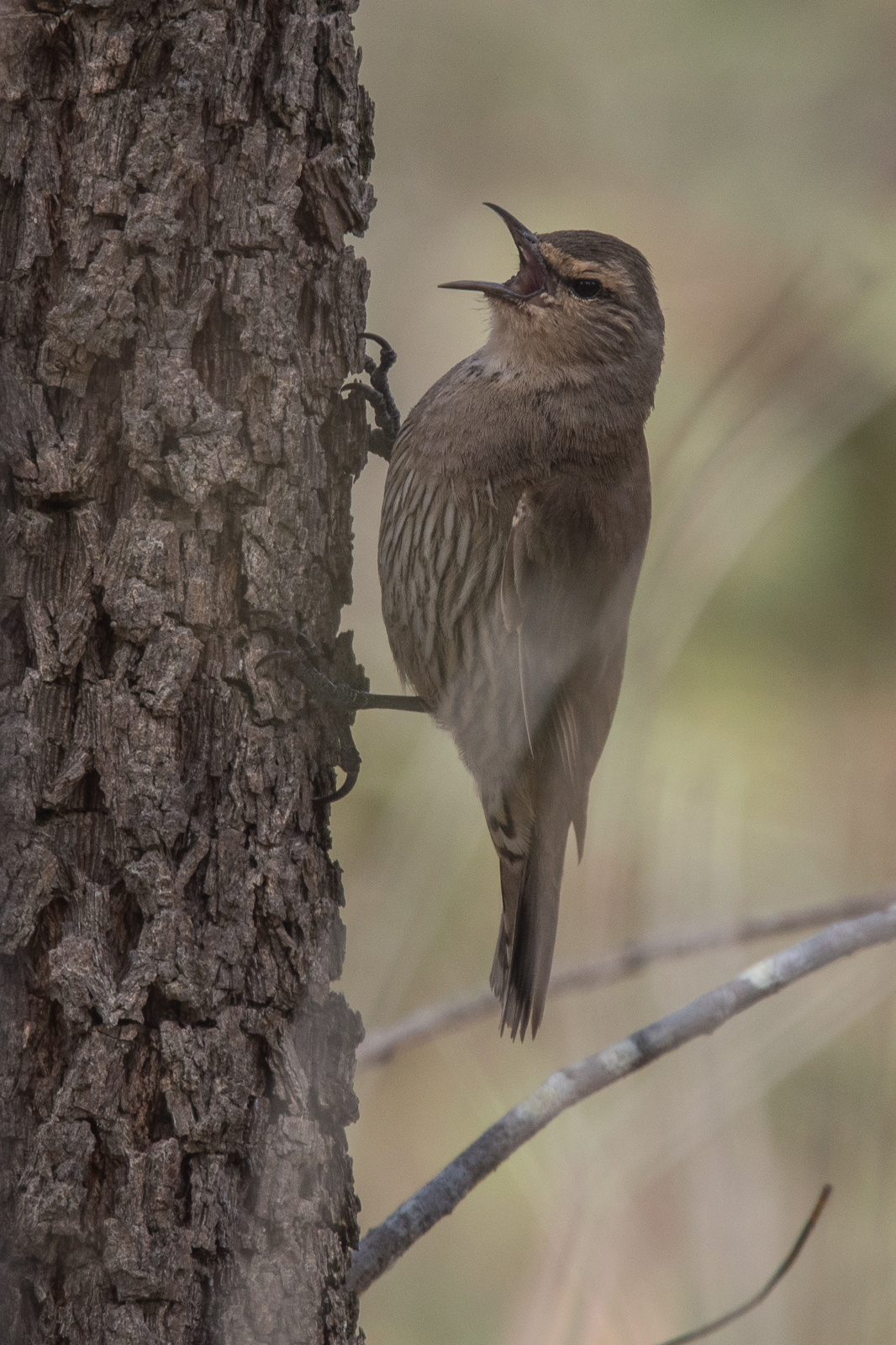
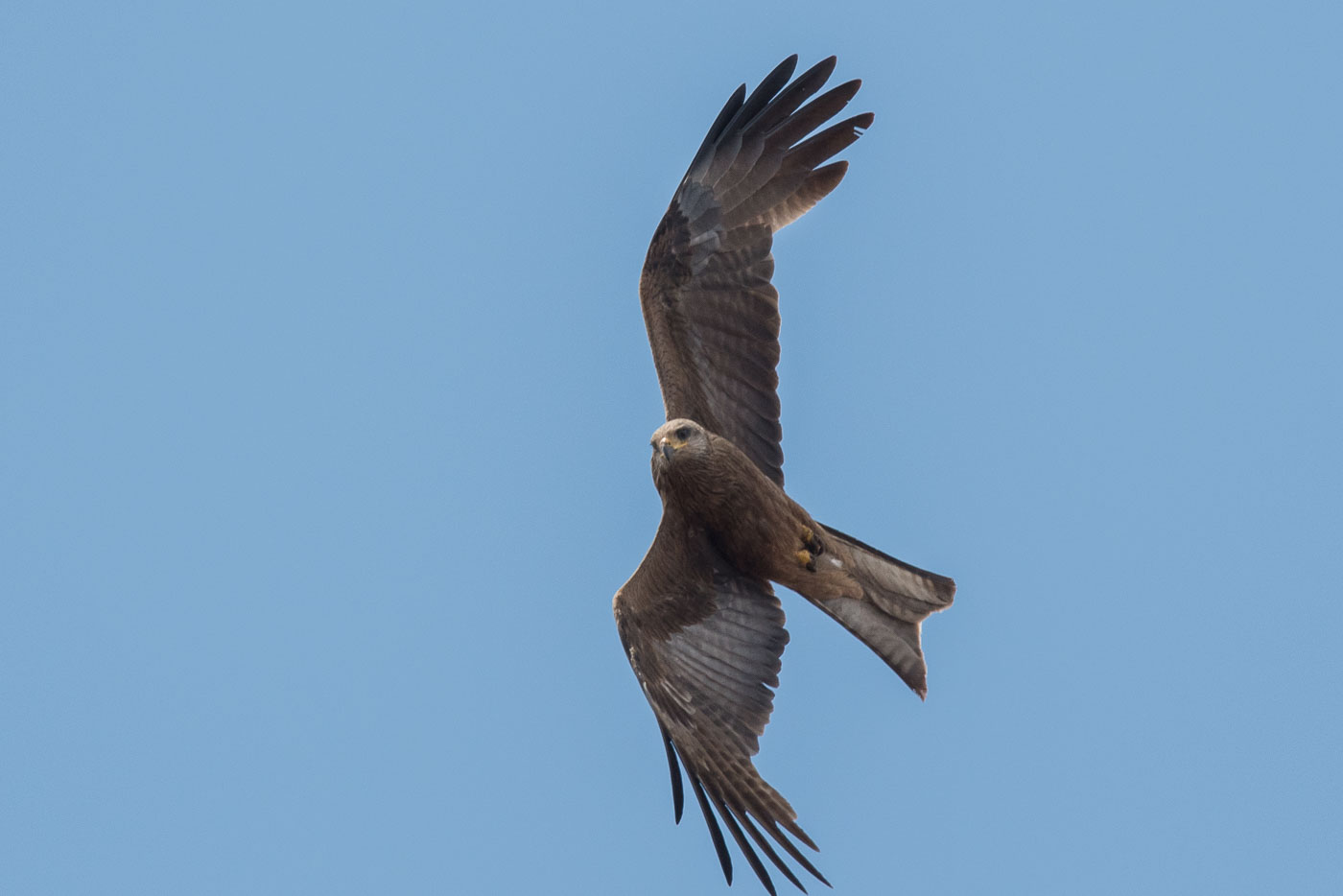
Super photographs and I did enjoy the little stories accompanying each.
LikeLiked by 1 person
Thanks Eleanor, with Snapshots, its easier for me than creatiing a rambling tale.
LikeLike
Looks like a very eventful visit and so nicely illustrated. Thanks for sharing David!
LikeLiked by 1 person
Hello Adam, happy to hear that you enjoyed. Sometimes a day at the Grey Box can be very quiet, we seem to have lucked a couple of busy days.
LikeLike
A fabulous place to visit indeed! I particularly enjoyed your captures of the Black Kites playing in the wind. They are fascinating birds to observe. Over the last week, my Bette, has been sighted in and around our neighbourhood.
LikeLiked by 1 person
Hi David, I made enough shots in about 10 minutes to write a book, 🙂 They seemed to have all the time in the world and rolled back and forth in the high winds. I don’t think Blacks are at their best in high winds, but they really did get a cracking pace on at times. Luckily they kept coming back and circling in the area we were standing, I wonder if there there was an updraft or something that made it easier to rapidly turn.
LikeLike
Lovely article and beauty images. Is that grebe same as little grebe? Might be some sub species of grebe based on ur country or name variations from country to country. We see little grebe in our area and looks almost same.
LikeLiked by 1 person
Hello Hiren, thanks for dropping by.
The grebe is an “Australasian Grebe”, and the colour set changes from breeding plumage, like this bird, to a much duller set of colours in the non-breeding season.
We also have another grebe called “Hoary-headed Grebe”, it is much more grey in colour and as the name suggests the head feathers are light and dark streaked.
Scientifically your Little Grebe is called, “Tachybaptus ruficollis”, our Australiasian Grebe is “Tachybaptus novaehollandiae”
novaehollandiae is New Holland, a very early name for Australia.
Interesting to note, that Tachybaptus means Tachy—Fast. Baptus—to immerse. So the name means Fast immerser. Which is what they really do.
Hope that helps.
Good luck
DJ
LikeLike
Lots of things to learn 😀. Mostly we are aware of species we know. Good to know two new species of grebe. Thanks.
LikeLike